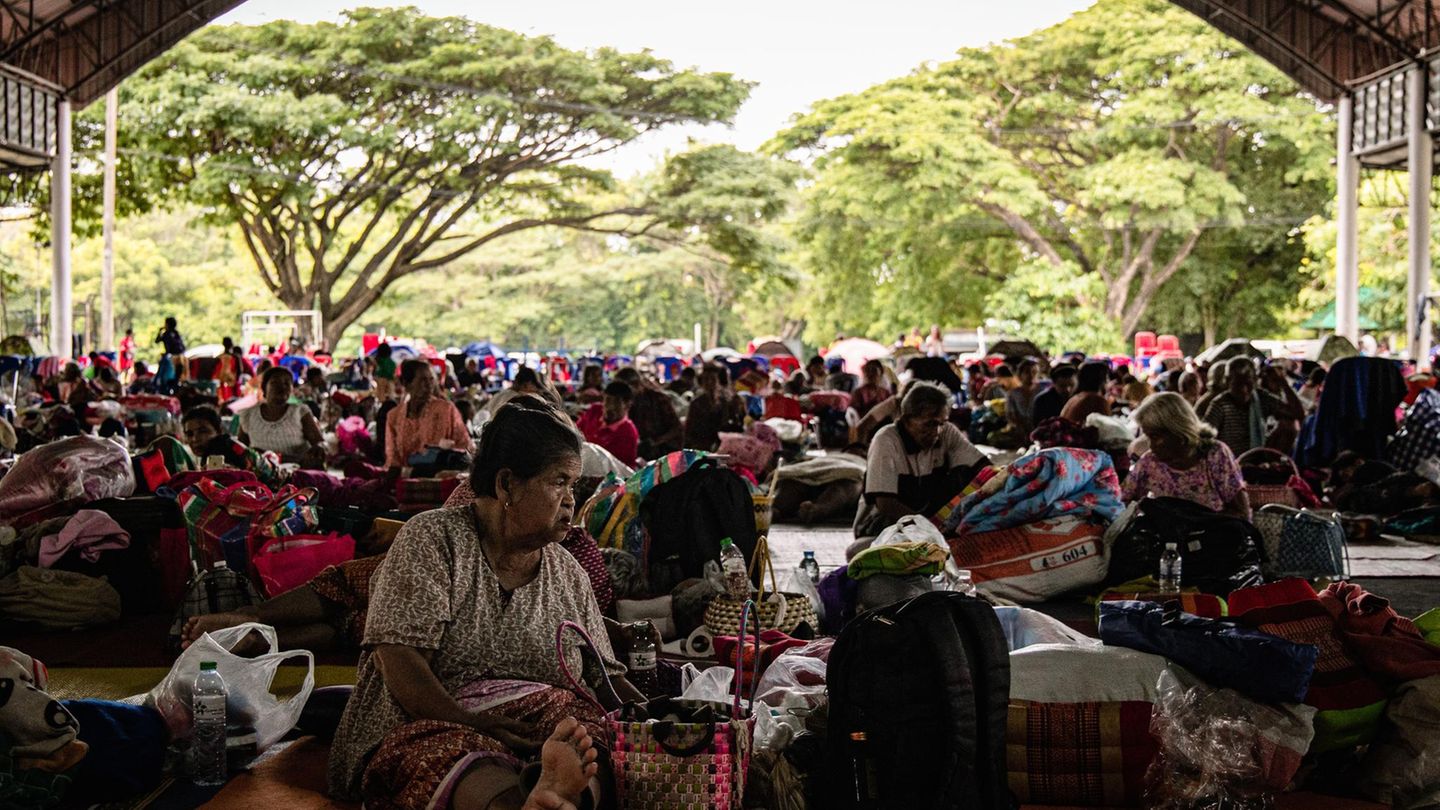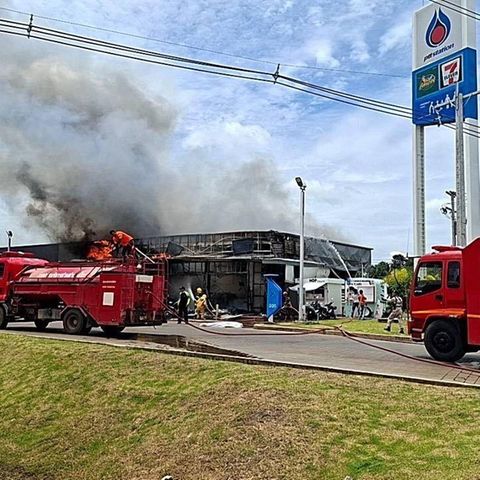Waffe arrest with Cambodia
Is Thailand safe again? What travelers need to know
Copy the current link
Add to the memorial list
Thailand and Cambodia have agreed on a ceasefire – depending on the reading, the USA or China provided this. For vacationers, however, there is still a travel warning.
Both fought to the blood for four days. Thailand and Cambodia argue and argue around the course of the common border. More than 30 people lost their lives. Several are wounded and at least 200,000 fled the fights. On Monday, however “Immediate and unconditional” Fire break announced.
On the mediation of Malaysia, the arguments agreed – probably also on pressure from the United States and China. Is the matter done with it and are traveling to the region possible again? Experts have not yet been a forecast. This is also related to the history of the conflict.
Foreign Office speaks partial travel warning for Thailand
The experts from the Federal Foreign Office still warn of trips to the border area of Thailand and Cambodia. There – for a corridor of around 50 kilometers in many areas, war law was imposed there – in the southeast of Thailand.
At this point, our editorial team has integrated content from Datawrapper GmbH.
Due to their data protection settings, this content was not invited to protect their privacy.
A warning also applies to the southwest of Thailand: “On the border with Malaysia there are regular disputes between separatism groups and security forces as well as terrorist attacks”sometimes emergency laws apply.
Origin of the 1907 conflict
But why is there any arguments? “The boundaries were carried out in 1907 by the colonial power of France at the time and has been controversial for more than 100 years”summarizes Southeast Asia expert Felix Heiduk von der “Foundation for science and politics” The origins together. The core is the so-called emerald triangle. Here the Thai province of Surin, the Cambodian province of Oddar Mhanchey and the neighboring state of Laos meet.
The conflict between Thailand and Cambodia is primarily characterized by territorial disputes, especially around the region around the Preah Vihear Temple. This temple, which lies on a mountain on the border between the two countries, is a UNESCO World Heritage Site and has historical and cultural importance for both nations.
The main cause of the conflict is the unclear boundary that goes back to the colonial period. In the past, the border was determined by various contracts and agreements that were often not clear. A judgment of the 1962 International Court of Justice in particular found that the temple belongs to Cambodia, which led to tensions and military conflicts between the two states.
The ruling families
“However, responsibility for the latest escalation is solely among the governing elites in Cambodia and Thailand”according to Heiduk. Above all, domestic factors such as nationalism and the current domestic political crisis in Thailand would play a role. Also “The public dusting between the currently governing families in Cambodia (Hun family) and Thailand (Thaksin family)” According to Heiduk, it is part of the conflict -rich mixture, because “Politics is highly personalized in both countries.”
Influence and outlook
What was the decisive factor for the currently shaky but essentially functioning ceasefire agreement? “Both the United States, China and Malaysia, which is currently the chair of Asia, have put pressure on the conflict parties to put together for negotiations”summarizes Heiduk.
Of course, nobody can know bindingly whether or how long it will remain peaceful in the region. “I think it is plausible that, like after the last escalation in 2011, there will be a de facto freezing of the border conflict without effective conflict management or even a solution to the conflict”the political scientist Heiduk estimates. That would not be the ideal solution “But at least this would prevent further escalation of violence and the border region would be stabilized again in the medium term.”
Sources: ,,
km
Source: Stern
I have been working in the news industry for over 6 years, first as a reporter and now as an editor. I have covered politics extensively, and my work has appeared in major newspapers and online news outlets around the world. In addition to my writing, I also contribute regularly to 24 Hours World.






